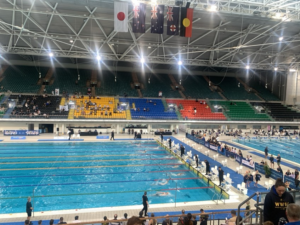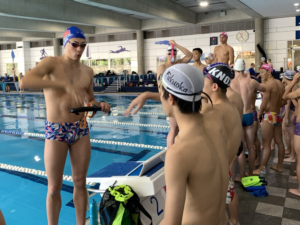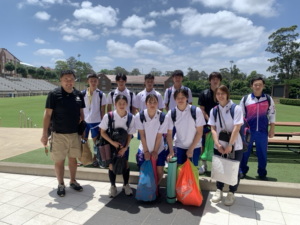We attended the Global Cities New Zealand Conference held in Marlborough on 14 and 15 March, where I had the precious opportunity to present on Japan-partner sister city exchange initiatives. We sincerely appreciate everyone who worked hard to organise this event.
The theme of this conference was “Reconnecting with the World”, I introduced three case studies on sister city exchanges between Japanese and overseas local governments under the theme of “Reconnect” after the pandemic. I will outline these cases as follows:
(Case Study 1:Kawagoe City in Saitama)
For over 30 years, Kawagoe City has been running a project involving more than 500 high school students participating in homestays in sister cities. However, due to the pandemic, this exchange had to be suspended. Nevertheless, Kawagoe saw this as an opportunity. They surveyed 440 people who had participated in this project in the past to understand how their participation had affected their career development and lives.
According to this survey, more than 80% of respondents answered “Yes” to the question, “Did the dispatch programme have an impact on your subsequent life, employment/career choice, etc.?”. Approximately 50 % of them answered that it had a great impact on them. It was also found that approximately 20% of respondents are working in jobs that make use of their overseas dispatch experience. At the symposium held by Kawagoe, past participants spoke about the importance of career development and multicultural awareness. This initiative has demonstrated that the benefits of exchanging with sister cities provide members with more options in life and enable them to live more fulfilling lives.
(Case Study 2:Sakaimachi in Ibaraki)
This example shows how fireworks have helped maintain connected relationships. Sakaimachi signed a friendship city agreement with Honolulu, Hawaii, USA, in 2018. Later, they became sister cities by signing an agreement online in November 2021. They place emphasis on English education to prepare children for global society. Since becoming friendship cities, high school students from both cities have been visiting each other. In Honolulu, June 4th is recognised as Sakaimachi day, stemming from Sakaimachi’s fireworks displays on Waikiki Beach in 2017 and 2018. In June 2023, Mayor of Sakaimachi travelled to Honolulu, where 10,000 fireworks were launched on the day. Additionally, Sakaimachi’s specialty items were sold, and tourism was promoted, all funded by corporate donations.
(Case Study 3:Nagoya City in Aichi)
Taronga Zoo in Sydney and Higashiyama Zoo in Nagoya have a sister zoo partnership. A total of 17 koalas and western gorillas have been donated from Australia, and Indian rhinoceros from Japan. In addition, the two zoos send and receive staff as part of training programs to improve breeding techniques. In 2024, another koala is scheduled to be sent from Taronga to Higashiyama, and there are plans to invite officials from Taronga to commemorate the 40th anniversary of the first koala’s arrival in Japan.
Fujimae Tidal Flat in Nagoya serves as a stopover location for numerous migratory birds traveling between the northern and southern hemispheres. Geelong, linked to the Fujimae Tidal Flat has had a wetland partnership since 2007, as both cities have wetlands listed under the Ramsar Convention. Nagoya has been sending high school students to Geelong once every two years since 2007. The aim is not only to learn about environmental conservation efforts in Geelong but also to develop human resources capable of engaging in environmental conservation activities themselves. They have been communicating online since 2020, but this year they are scheduled to visit Geelong for the first time in four years in March.
I believe that this form of exchange is a future-oriented approach to solving local problems faced by cities.
We hope you find these case studies informative.
On another note, our two staff members will return to Japan at the end of March as it is the end of their term. I believe that they have made every effort to accomplish our mission. I would like to express my sincere gratitude to all of you who showed kindness to them.

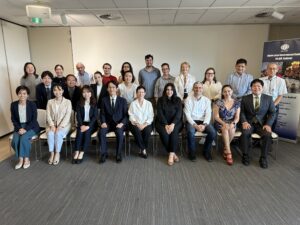
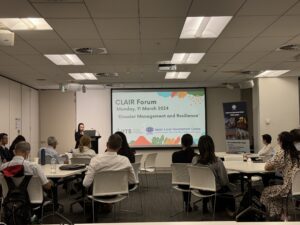
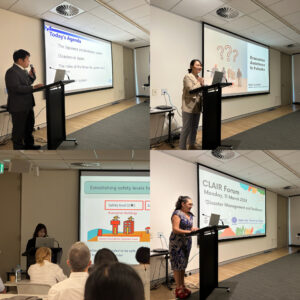
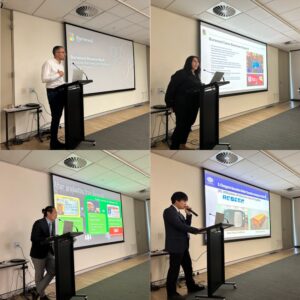
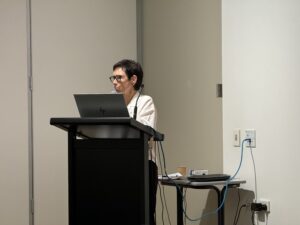
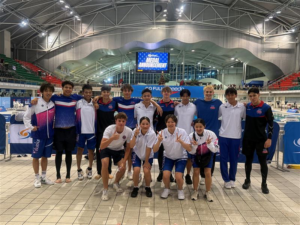 12月3~13日、福岡県水泳連盟の選抜選手8名がNSW州を訪問し、現地の学校との合同練習とNSW州の大会に参加しました。
12月3~13日、福岡県水泳連盟の選抜選手8名がNSW州を訪問し、現地の学校との合同練習とNSW州の大会に参加しました。